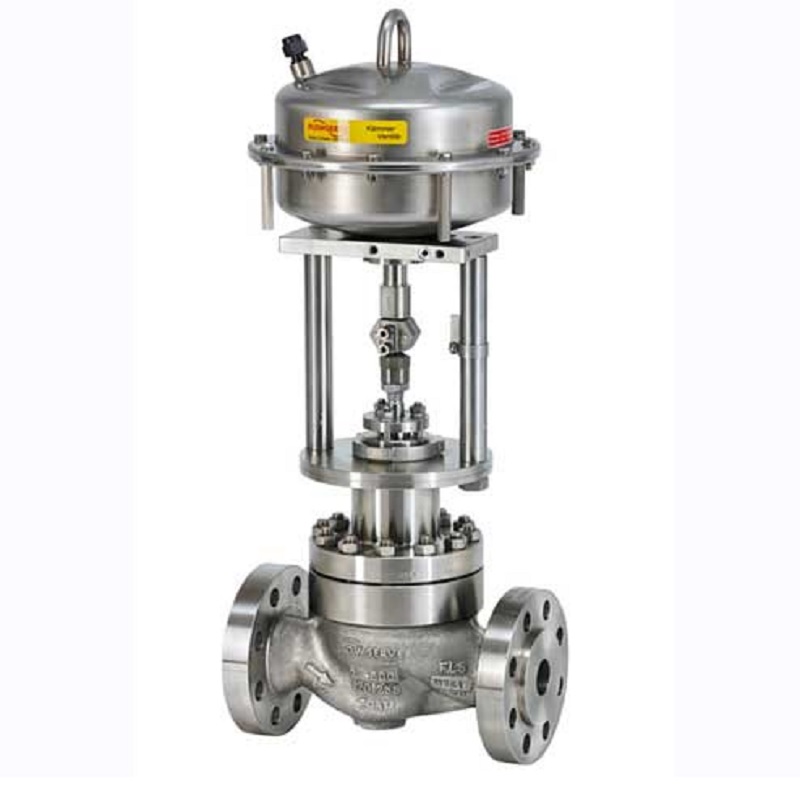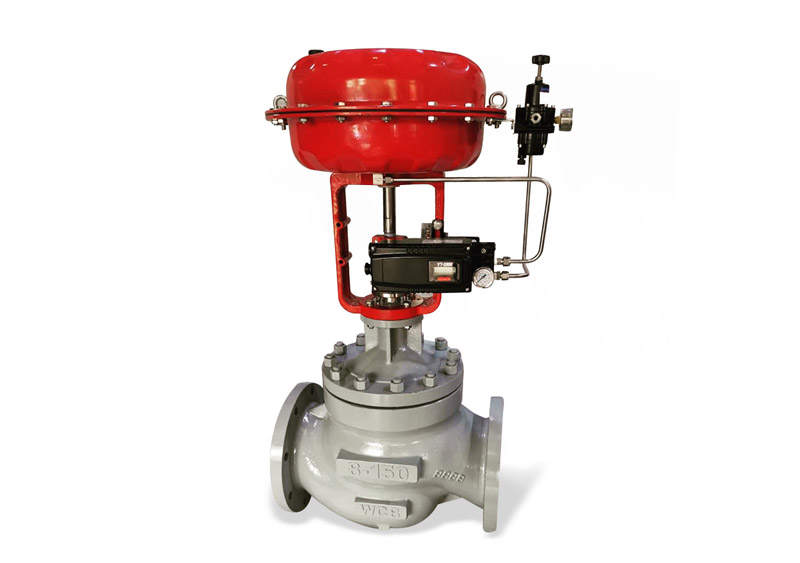The Function of Control Valves in Liquid Circulation Management Equipment
The Function of Control Valves in Liquid Circulation Management Equipment
Blog Article

Maximize Energy Financial Savings and Comfort With Advanced Structure Automation Controls
In the world of modern design and center management, the integration of innovative structure automation regulates stands as an essential innovation. By harnessing the power of automation, structures can adjust, react, and evolve in ways that were as soon as unthinkable.
Energy Performance Perks
Energy performance advantages can considerably decrease power usage and operational expenses in buildings. Energy-efficient systems, such as advanced structure automation controls, can optimize the use of resources like air conditioning, home heating, and illumination, leading to reduced energy expenditures over time.
In addition, improved energy performance can prolong the lifespan of building tools and systems. By running a lot more efficiently, heating and cooling systems, lighting components, and other building elements experience less damage, leading to decreased maintenance and substitute expenses. Additionally, energy-efficient buildings typically regulate greater residential or commercial property worths and rental prices, giving long-term economic advantages to proprietors.
Additionally, energy performance can boost resident comfort and productivity. Appropriately controlled indoor settings with ideal lights and thermal conditions develop a more positive and helpful office, leading to improved worker satisfaction and efficiency. In general, the energy effectiveness advantages related to advanced structure automation controls are complex, including expense financial savings, environmental stewardship, and passenger well-being.
Improved Comfort Control
Enhancing convenience control in structure environments calls for an advanced assimilation of advanced automation systems for optimum resident health. By using innovative building automation controls, centers can tailor the interior environment to satisfy the details requirements and preferences of owners. These systems enable exact law of ventilation, lighting, and temperature level, creating a productive and comfy environment. Occupant complete satisfaction and productivity are closely linked to thermal comfort, making it necessary to have systems in location that can adapt to altering conditions in real-time.
By integrating these sophisticated controls, structures can not only improve convenience but likewise boost power efficiency by optimizing system operations based on actual occupancy and use patterns. Eventually, focusing on owner comfort through advanced automation systems leads to an extra pleasurable and much healthier indoor setting.
Operational Efficiency Improvements

In addition, the implementation of real-time tracking and analytics tools makes it possible for structure operators to recognize power inadequacies and functional anomalies without delay. By continuously keeping an eye on energy use patterns and system performance metrics, adjustments can be made in real-time to enhance energy consumption and ensure peak functional performance. control valves. In addition, integrating need feedback methods into building automation controls can even more enhance operational efficiency by dynamically adjusting power usage based upon grid conditions and rates signals
Indoor Climate Optimization
Effective interior climate optimization is an essential element of building automation controls, guaranteeing occupants' convenience and well-being while making the most of power financial savings. By making use of innovative sensing units and controls, developing automation systems can continually readjust and keep track of temperature, humidity degrees, air top quality, and air flow to produce an optimum indoor atmosphere. Preserving comfortable and consistent problems not just boosts occupant fulfillment but likewise enhances performance and general health.
Interior environment optimization likewise plays a critical role in power efficiency. By fine-tuning air flow, cooling, and heating systems based upon real-time data and occupancy patterns, developing automation controls can significantly minimize energy usage - control valves. Carrying out strategies such as demand-controlled air flow and thermal zoning can aid decrease energy waste while guaranteeing that each location of the structure receives the essential conditioning.

Lasting Atmosphere Development
Structure automation manages not only optimize indoor environment conditions for power performance and passenger convenience yet also lay the foundation for developing a sustainable setting with tactical administration of resources and systems. By integrating sophisticated building automation innovations, such as sensors, actuators, and smart software, centers can keep track of and change power usage in real-time to lessen waste and reduce their carbon footprint. These systems enable predictive upkeep, identifying prospective concerns before they rise and enhancing equipment performance to boost durability and performance.
In addition, sustainable environment creation prolongs beyond energy monitoring Click This Link to encompass water preservation, waste reduction, and interior air high quality enhancement. Structure automation controls can control water usage, identify leakages, and guarantee proper waste disposal practices, adding to overall sustainability initiatives. In addition, by keeping an eye on and regulating ventilation and filtration systems, these technologies enhance passenger wellness and efficiency while decreasing power consumption associated with heating and cooling procedures.
Final Thought
To conclude, advanced building automation regulates deal considerable advantages in terms of energy savings, comfort control, functional effectiveness, interior climate optimization, and producing a lasting setting. By executing these controls, buildings can accomplish optimum efficiency while minimizing power intake and boosting passenger convenience. It appears that the usage of sophisticated automation technology is essential in boosting building efficiency and producing an extra sustainable future.
Energy performance advantages can substantially decrease power consumption and functional costs in structures. On the whole, the energy performance advantages connected with sophisticated structure automation controls are multifaceted, including expense financial savings, environmental stewardship, and occupant well-being.
Additionally, including demand action techniques into structure automation controls can better Click This Link boost functional efficiency by dynamically adjusting energy usage based on grid problems and pricing signals.
Building automation manages not only optimize interior environment conditions for power performance and occupant comfort but also lay the structure for developing a sustainable environment through strategic monitoring of sources and systems.In verdict, progressed building automation regulates offer significant benefits in terms of energy financial savings, comfort control, functional effectiveness, interior climate optimization, and producing a lasting environment.
Report this page